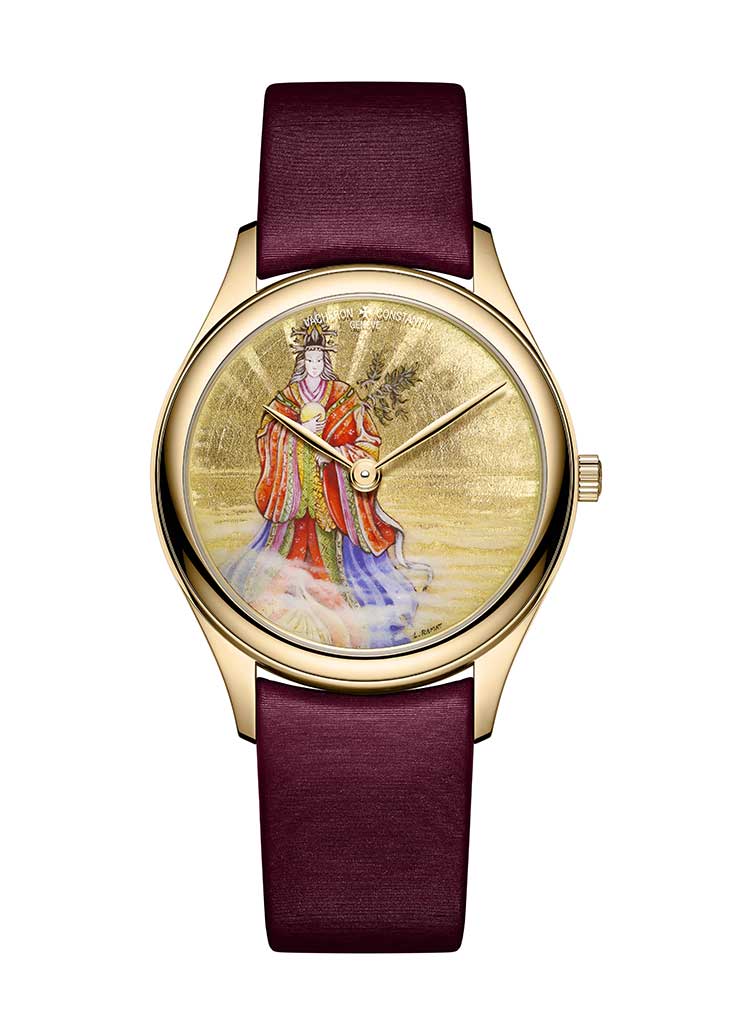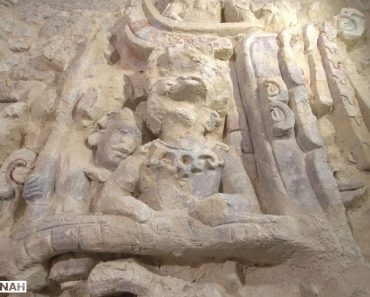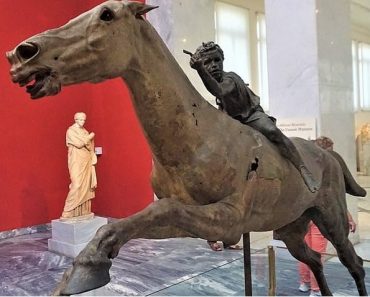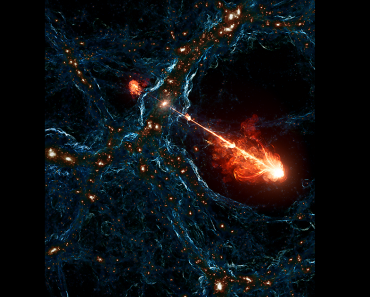
Asian Mythology and the Seasons
Vacheron Constantin‘s Les Cabinotiers Le Temps Divin collection invites us to explore time through cultural and mythological lenses, starting with Asian mythology. Drawing inspiration from the traditional Asian view of cyclical time, the collection features the four sacred animals symbolizing the seasons: the Azure Dragon for spring, the Vermilion Bird for summer, the White Tiger for autumn, and the Black Tortoise for winter. Each animal is brought to life using wood marquetry, a technique that involves combining different types of wood to create intricate designs.

The meticulous craftsmanship involved in this creation is truly remarkable. Using over 150 types of wood, each dial is assembled with up to 200 individual pieces, each cut and shaped to perfection. The designs are inspired by the murals found in the Kitora burial mound in Japan, a reflection of the rich cultural significance behind each piece.
This nod to Asian tradition is not new for Vacheron Constantin, as the brand has previously explored similar themes with its Métiers d’Art series, including the Four Seasons and La symbolique des laques collections. The brand’s deep interest in the cycles of nature and the symbolic representation of time further enriches this narrative of divine time.
Japanese Culture and Metaphysical Time
Les Cabinotiers Le Temps Divin also explores metaphysical time, drawing upon Japanese culture and the concept of the kami—divinities representing various aspects of the natural and spiritual worlds. In this interpretation, Vacheron Constantin draws inspiration from three key Shinto deities: Izanagi, Amaterasu, and Konohanasakuya-hime. These gods symbolize the profound relationship between time, divinity, and the human experience.

The dials representing these deities feature a delicate combination of intaglio engraving, grisaille enamel, and miniature enamel painting. Each deity is depicted off-center, respecting traditional Japanese aesthetics, and is surrounded by symbolic elements—such as cherry blossoms for Konohanasakuya-hime and the solar disc for Amaterasu. The use of Limoges white enamel and the subtle play of light across these intricate details bring a sense of ethereal beauty to these pieces, evoking the timeless essence of myth and nature.

The Japanese mythology series captures the metaphysical concept of time as something that transcends the linear. Time, in this context, is an ongoing present that unites past, present, and future, much like the ancient kami who exist beyond the confines of mortal timelines.
Greek Mythology and Chronos
Lastly, Vacheron Constantin explores the concept of linear, physical time through Greek mythology, embodied by the god Chronos. Known as the father of the Horae, who personified the hours of the day, Chronos represents the structured and measurable passage of time. This idea is visually captured in the Les Cabinotiers Le Temps Divin pieces dedicated to him, featuring the impressive Calibre 1990, which includes a bi-axial armillary tourbillon and retrograde hour and minute indications.

The bi-axial tourbillon in these pieces is inspired by the innovations of 18th-century watchmakers and offers a modern twist on traditional horology. The regulator, composed of two interlocking carriages, operates with exceptional precision, symbolizing the intricate dance of time that Chronos governs. The dial’s layout is designed to leave ample space for this complex mechanism, emphasizing both its technical prowess and aesthetic beauty.

The timepieces also feature exquisite engraving and guilloché work, with motifs inspired by Greek friezes and the architecture of the Pantheon. These intricate patterns adorn the case and movement, creating a visual narrative that complements the theme of linear time.
By drawing inspiration from Asian, Japanese, and Greek mythologies, these timepieces transcend the conventional notion of watches—they become timeless artifacts that honor humanity’s diverse perceptions of time. Through intricate details, innovative engineering, and a dedication to artistry, Vacheron Constantin invites us to reflect on how different cultures have shaped our understanding of time.








